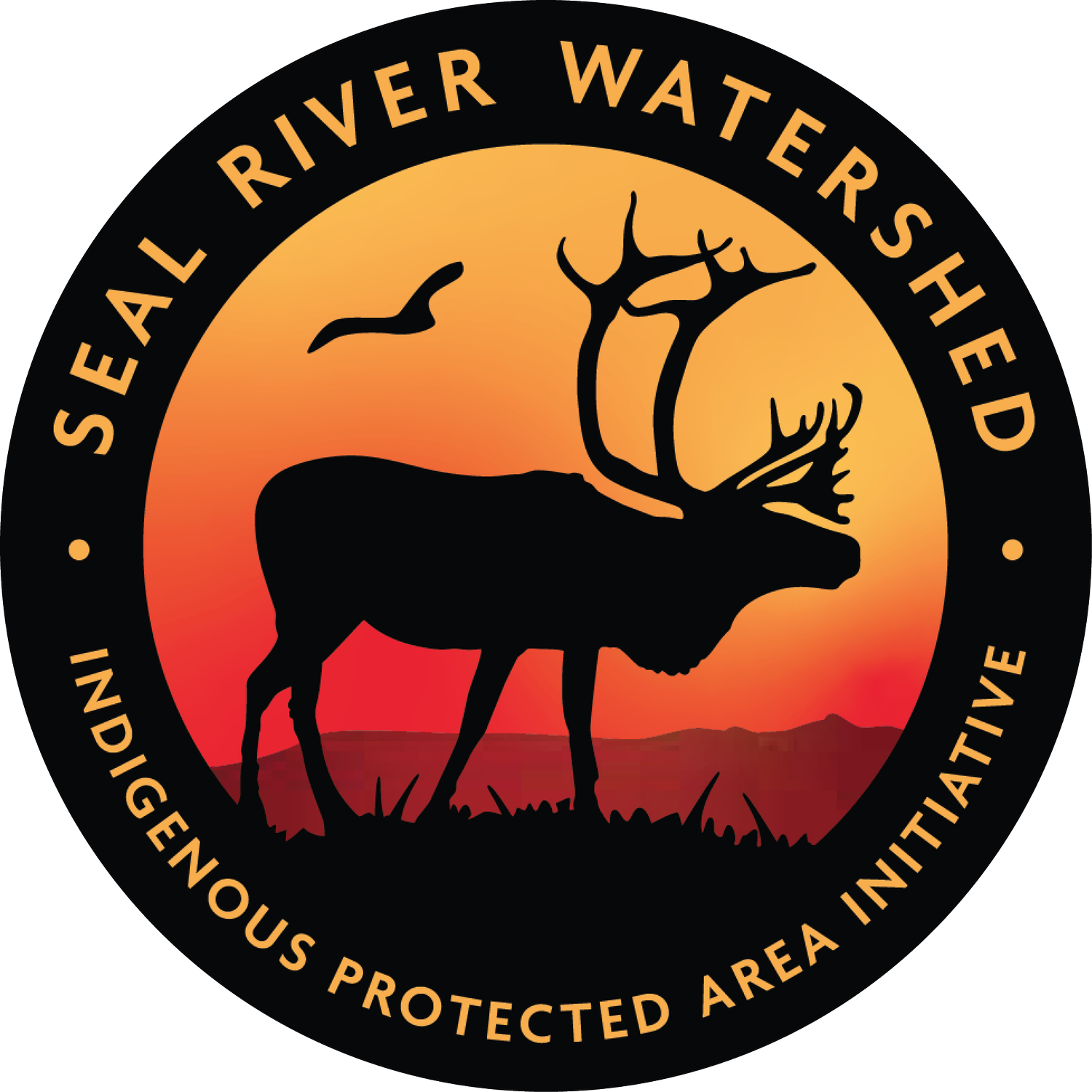Hide Tanning Workshop Connects Youth To Family Traditions
Children as young as 10 held their history in their hands as they used bone tools, logs and metal washers to prepare caribou hides for tanning during a summer workshop in Sayisi Dene First Nation.
More than two dozen community members participated in three days of hide tanning workshops aimed at reviving an important tradition that is slowly starting to disappear.
Elders shared their knowledge with the children and with the young men and women who gathered in the band hall to practice nearly all the steps of tanning a hide from cutting the hair, to scraping and smoking the hides. They also spoke of the different ways in which the hide can be used, and the different ways in which men and women would traditionally use the hide for different projects.
“It’s important to teach our culture to the next generation, so that they know how the Dene women worked hard and what beautiful work can be done when the hide is ready to be used.”
Brenda Lee Nagle, workshop participant.
The July workshop was hosted by the Seal River Watershed Alliance, which purchased hides from harvesters over the winter and frozen them for the community’s use. Director of Operations Stephanie Thorassie, who led the workshop, shared three of her own hides so participants would be able to learn about the smoking process.
“A revival of the culture and language is integral to our sense of identity as unique and distinct people,” said Ernie Bussidor, executive director of the Seal River Watershed Alliance.
Young men learn to tan caribou hides in SDFN in August 2020. Credit Stephanie Thorassie, SDFN
Sayisi Dene First Nation was blessed with the return of the caribou to the watershed this winter after several years of absence. Many families were fed after band members trekked out on the land to practice their traditional right to hunt and harvest the caribou.
“With these teachings comes an unbelievably valuable, very well-known rule of waste nothing,” Stephanie Thorassie said. “Use every part of the caribou. Make tools, make clothing, feed the people, and honour the animal.”
The workshop was also an opportunity to speak to community members about the Alliance’s initiative to conserve the watershed as an Indigenous Protected Area. Former Community Rep Dylan Duck and Youth Reps Rebecca Thorassie and Priscilla Duck were on hand to help answer questions and gather Indigenous Knowledge.
“Gathering Indigenous Knowledge is an important part of showing the Crown governments that we are still here, still active in our home lands, and still very active in OUR watershed.”
Stephanie Thorassie, workshop host.
The community was incredibly supportive of the workshop, Thorassie said. It was very rewarding to see so many youth participating – including two 13-year-olds who took it upon themselves to mop up the floor at day’s end.
“I see so much strength and hope for our future. We need to continue to share our traditions and values with them ensuring their feet are planted on a strong foundation,” Thorassie said.
Stephanie Thorassie and her Granny Julie Sandberry hold up some caribou hides ready to be traditionally tanned. Credit: Stephanie Thorassie, SDFN.



